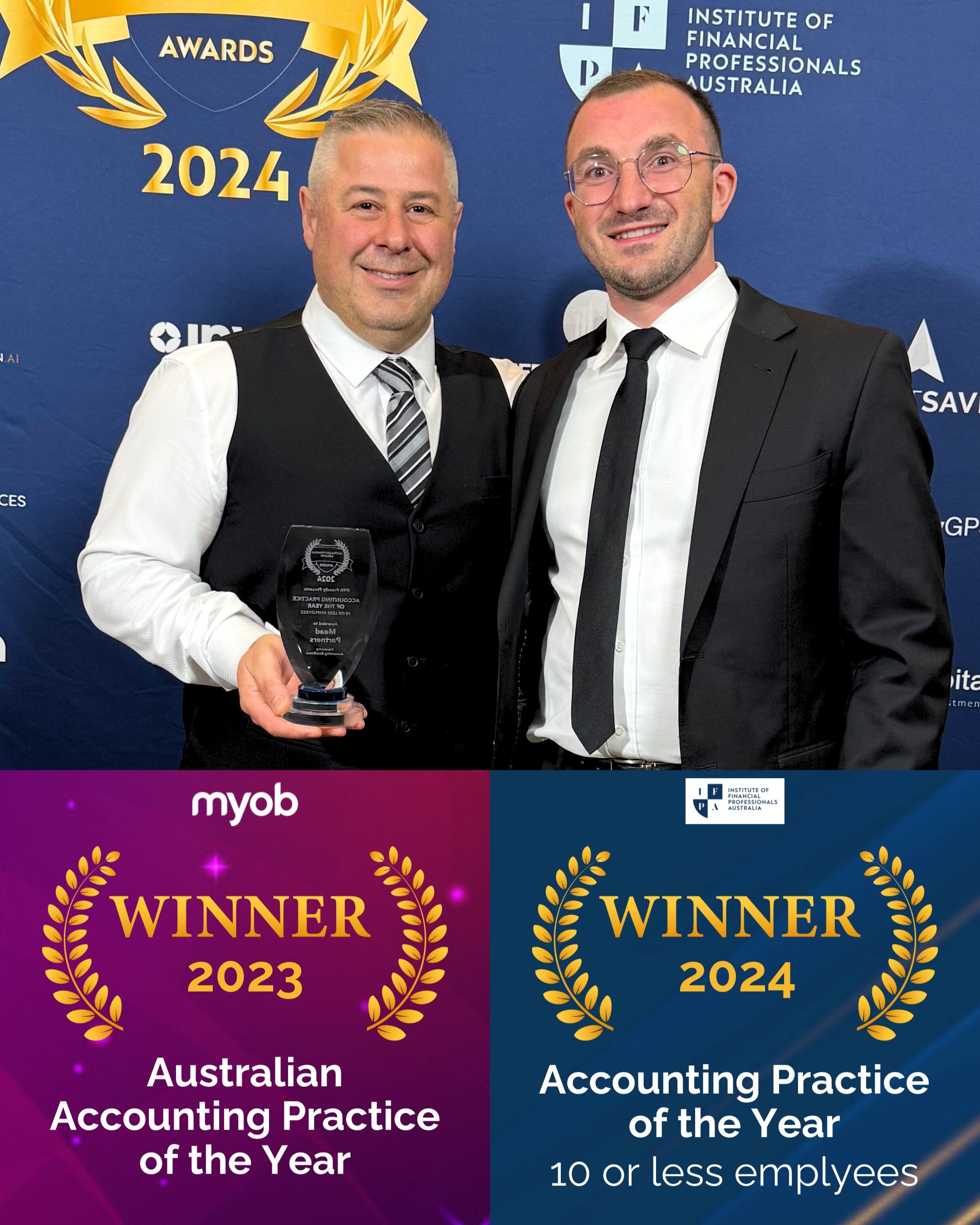
Book a Free Consultation!
✅Builders CFO Program
✅Business Improvement Program
✅Taxation Advice


7 ways to get better handle on your financials on the building site
The construction and building industry is a tough industry, and not just on those on the tools. Labour shortages, project delays, design changes, and contractual disputes … the list goes on. Add in financial stresses such as cashflow shortages and budget management, and it gets even harder.
To help you get a better handle on your construction and building business finances, here’s seven financial controls and strategies you can apply.
-
-
WIP reporting
Work in Progress (WIP) reporting has more benefits than you think. As well as enabling a more accurate picture on project spending, your WIP is essential for understanding and monitoring your overall performance and profitability.
The key for great WIP reporting is using real-time data, and should include:
- Project details (including contract value, estimated costs and gross profit)
- Percentage of progress
- Expense totals to date
- Earned revenue and gross profit totals
- Actual billings as well as over- and underbilling totals
Understanding the revenue throughout the process, you’ll be able to gain a more accurate snapshot into your financial performance and track the profitability of your project more easily.
Better yet, have someone like Mead Partners manage, monitor and report your WIP for you.
-
Daily reporting from your Leading Hand
As well as making sure everything is running like clockwork, your Leading Hand has a wealth of information that you could be leveraging.
With their in-depth knowledge of daily tasks, they can help you identify roadblocks, potential delays, and other issues that could impact your project timeline and budget. By tapping into this, you can mitigate any potential risks and issues faster, often managing them as they arise and before they impact your bottom line. Your leading hand’s handle on inventory flow will also help you track materials more efficiently, in turn providing key data into material costs and forecasts.
-
Weekly toolbox meetings
Toolbox meetings (or toolbox talks) are a great way to communicate safety reminders, project changes, and dangers in and around the worksite. But they’re also a fantastic way to better communicate and collaborate with your team.
By completing these regularly, you’re not only keeping your building site safer (and more compliant) but creating more efficiency and increasing productivity as everyone is on the same page. Promoting more open communication and collaboration, roadblocks and issues that could escalate and cause delays are caught well in advance.
-
Goal setting each week
With multiple trades coming and going – all with their own tasks to complete – one task delay can cascade quickly, impacting delivery timelines and project milestones. While you might be able to catch up on smaller jobs, for larger projects this adds up quickly and impacts not only time but your profits.
Setting weekly goals allows your team to better allocate resources, manage timelines more accurately, and deal with roadblocks more effectively. It also helps you:
- Better track and measure progress
- Improve day to day efficiencies
- Increase quality control
- Enhance team collaboration and motivation
When setting goals, these should be measurable, trackable, and include key performance indicators (KPIs). This will allow you to accurately measure and evaluate when a goal is complete as well as identify what tasks are required to get there.
-
Clear payment and project schedules
Sometimes the hardest part of a construction or building project is making sure you cash on hand to cover materials and trade costs. After all, if you don’t, payments can be delayed or disputed.
Both project and contractor payment schedules also help you understand income and expense obligations at each stage of your project. Having this information in your back financial pocket creates better cashflow forecasts and mitigates cashflow risks before they become a major issue.
Client payment schedules aren’t just beneficial for financial insights. Clearly communicating when payments are due will help you get paid faster, avoid payment disputes, and improve your client relationship.
Pro-tip: make a start! This is a working document, it doesn’t need to be perfect the first time round and it’s not set in concrete. However, if you feel like you’re drowning in financial reports, leave the numbers to us to help get you started.
-
Negotiate and lock-in suppliers
With increasing complexities and shrinking margins, it might be time to negotiate with your supplier or look into other options.
While a simple action, it can be one of the best ways to increase your profitability. And it doesn’t just relate to price. You could negotiate delivery timelines, payment terms, after-sales services, or quality. It could also be an opportunity to lock-in pricing to reduce the impact of material cost fluctuations.
As well as finance benefits, it can open up opportunities to look into material innovations or alternatives. For example, with seven out of ten Australians believing energy efficiency increases their property value, more homeowners are looking for energy efficient materials. Looking into energy efficient options could open up new revenue streams and market opportunities.
Feeling awkward about these conversations? Chat to our building and construction business advisors on supplier negotiation strategies.
-
Automate systems and processes
While paper and print outs might have been part of the traditional construction toolkit, it comes with risks and can be more serious than a simple inconvenience.
Automating your systems and processes will allow you to create process efficiencies, better record and document keeping. But it doesn’t stop with just better records. Digitising records and processes means your team can better access documentation, plans and other important project details from anywhere. From a compliance and risk perspective, it makes sure everything is where it should be and a clear audit trail is kept.
Unsure where to start or what might be best for you? Booking time with our business advisors can help identify process improvements and automation opportunities.
-
All this makes financial and project reporting faster, enables live data possible, increases productivity and reduces your overall administration costs. Freeing up your team to focus on more value-add tasks.

Send To Someone